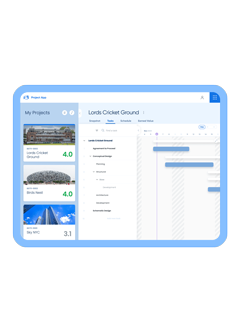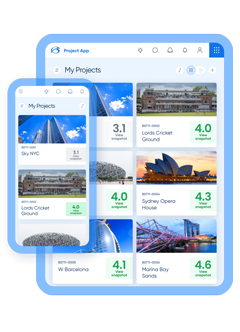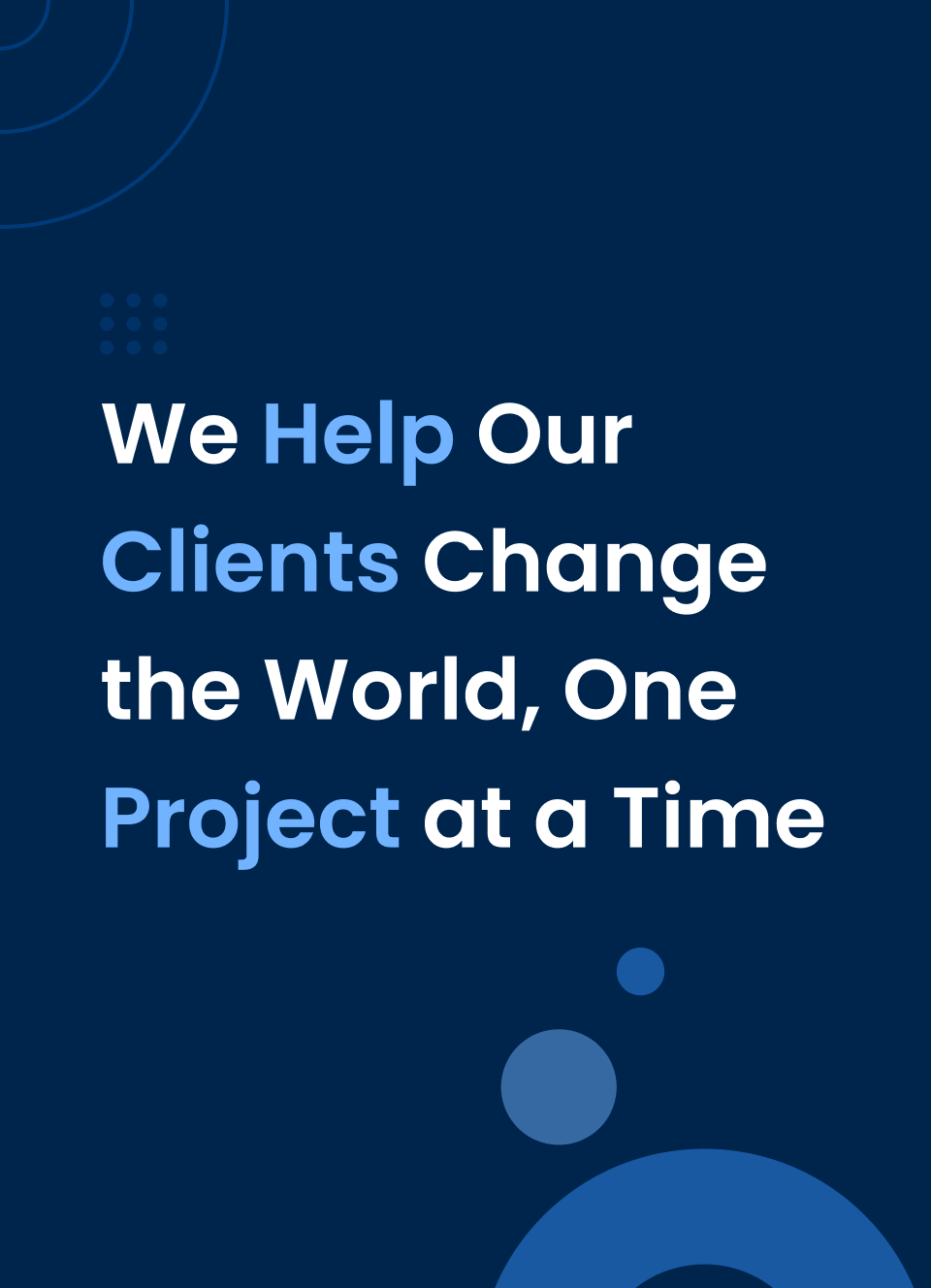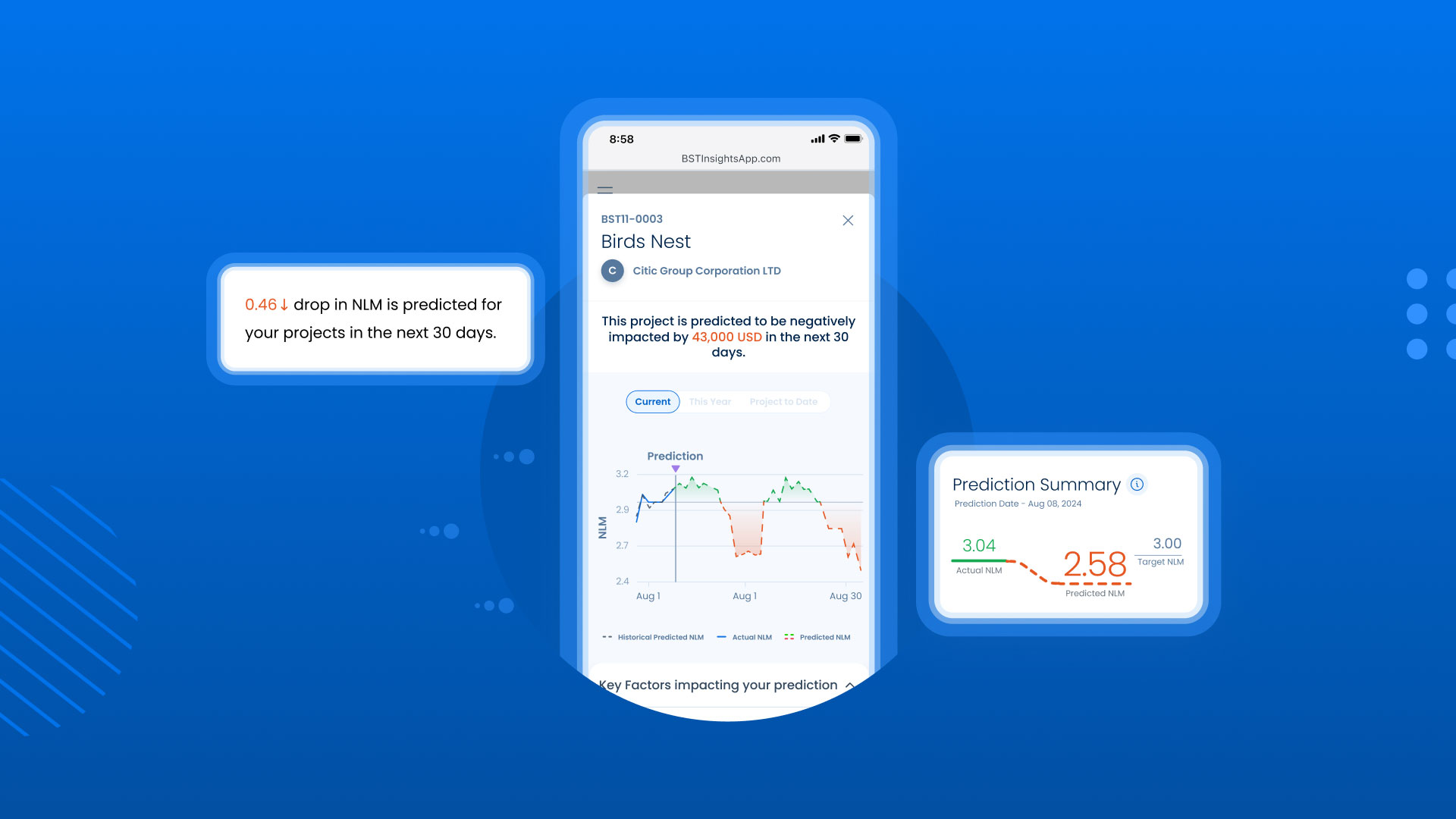There is no denying it – our world is changing rapidly. Each day, new technological, societal, and economic developments are transforming the way business is conducted across the globe. And the relentless question weighing on business leaders’ minds worldwide is: “Am I ready?”
To help you prepare for this shift, we’re launching a series of blog posts exploring major technology trends, based on findings from technology companies like IBM and Microsoft, business information and analytics providers like IHS, and private equity firms like Kleiner Perkins Caufield & Byers (KPCB).
Over the next few weeks, follow along with us as we take a deep dive into how these emerging technological advances will affect your firm both today and in the not-so-distant future.
Trend one: Cloud Computing
Our first technology trend is by no means new. By now, you have likely heard of cloud computing. And if you’re not already using it in your daily business life, you’re almost certainly using it in your personal life.
Do you have an online banking, Facebook, or email account? Then, you have experienced the cloud.
Put simply, cloud computing allows you to store and access data and programs over the Internet instead of on your personal computer. With one application, users can log in and access all the programs they need in the cloud – anything from file sharing databases to word processing systems to project management software.
The recent rise of this technology in the business world is staggering. This year alone, IHS projects that global business spending on cloud-related technology will reach an estimated $174.2 billion. Three years ago, that figure was nearly $100 billion less at $78.2 billion. And by 2017, spending on enterprise cloud computing will soar to a projected $253.1 billion. That’s a 200% increase in just seven years.
So, what is driving this wave to the cloud? A number of factors, according to KPCB’s 2014 Internet Trends Report, including:
- The rise of computational power at the core of digital infrastructure triggered by a 33% decline in global computing costs annually since 1990.
- Richer digital information sparked by a 38% decline in global storage costs annually since 1992.
- Faster collection and transfer of data due to a 27% decline in global bandwidth costs annually since 1999.
- The increasing pervasiveness of smartphones caused by a 5% decline in global smartphone prices annually since 2008.
The advantages of adoption within your organization are extensive. For starters: cutting costs, driving efficiency, scalability, and accessibility, just to name a few.
What’s more, organizations with high cloud adoption reported almost double the revenue growth of their peer companies that were cautious about cloud computing, according to an IBM survey of more than 800 international business leaders.
And the applications for the technology go beyond storage and security. The cloud adopters surveyed by IBM reported using the technology as a differentiator to support data-driven decision-making, reinvent customer relationships, and leverage companywide expertise.
Nonetheless, when considering cloud solutions, it is imperative to look beyond the benefits of the technology and understand the risks and challenges of implementation. A recent survey by KPMG explored the obstacles businesses faced during the cloud adoption process. Among the top challenges cited were:
- Implementation costs too high
- Integration with existing architecture
- Data loss and privacy risks
- Loss of control
- Lack of visibility into future demands and associated costs
To combat these challenges, we are seeing the emergence of industry best practices as cloud computing becomes more commonplace within the business world.
In a recent Microsoft-released survey, more than 2,000 global business executives were asked by 451 Research to share best practices for driving a successful cloud computing project. The top-ranked best practices included:
- Have a well-defined architecture for security.
- Understand who the end-users are.
- Train users to be cautious with access and security.
- Have a well-defined architecture for performance.
- Have a phased approach starting with pilot testing.
Has your company implemented cloud computing technologies? If so, share some of your cloud-related best practices in a comment below!
Author’s Note: This is the first article in a five-post series on technology trends affecting the architecture, engineering, and environmental consulting industry.










